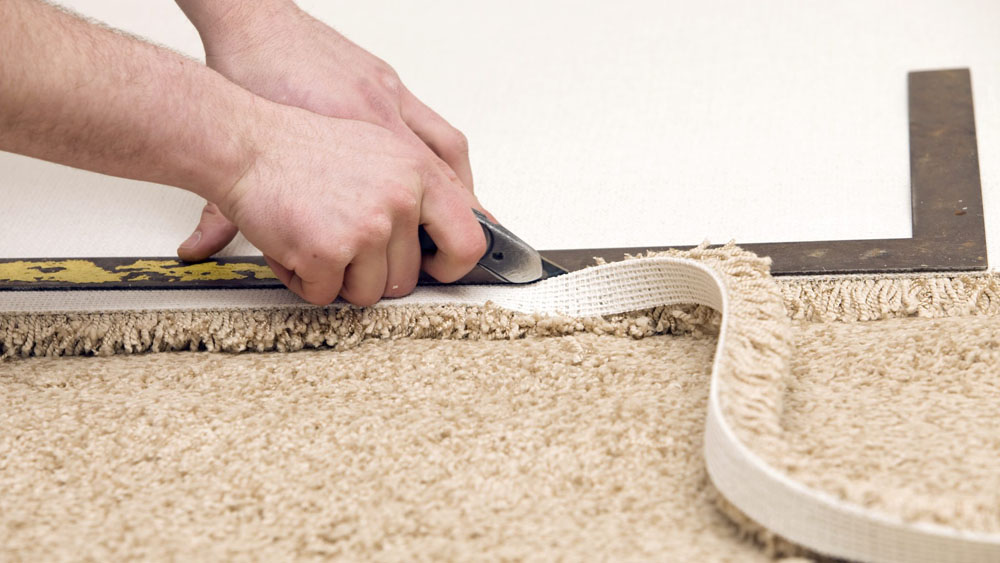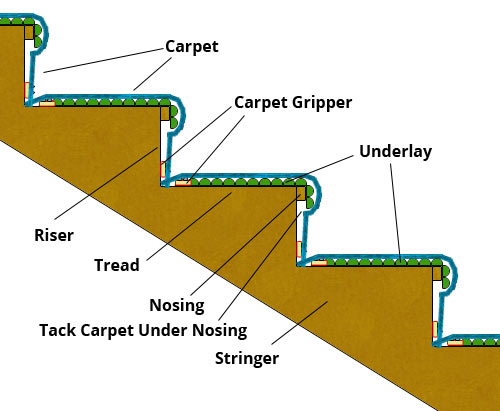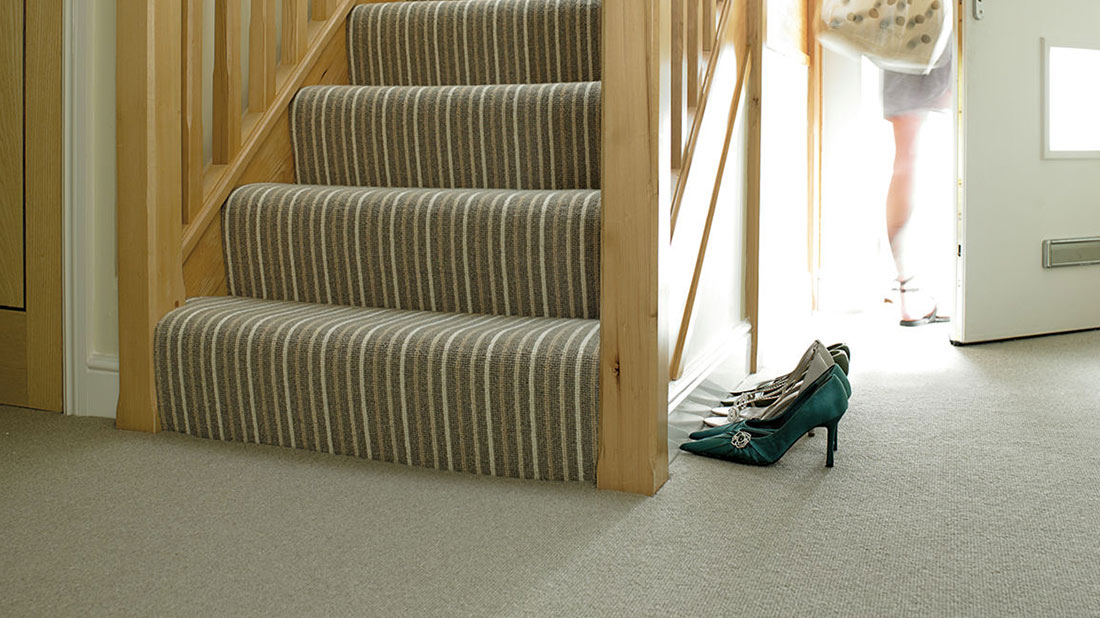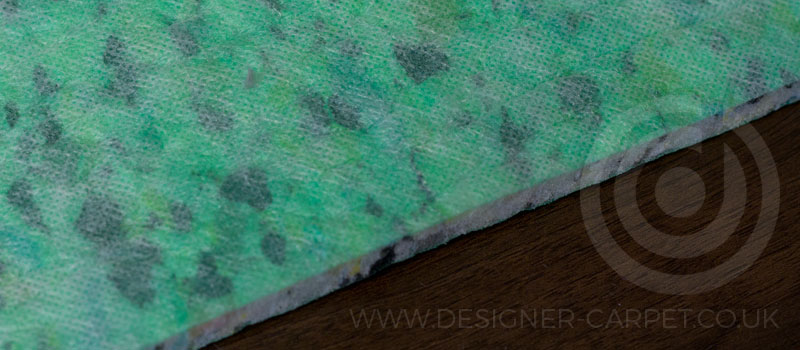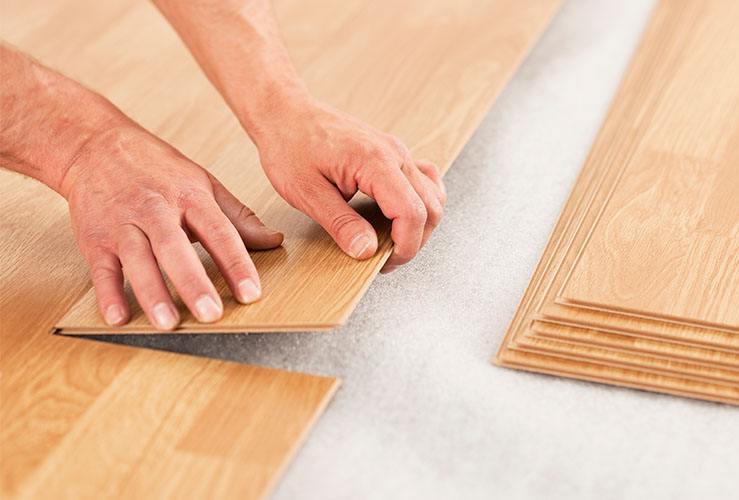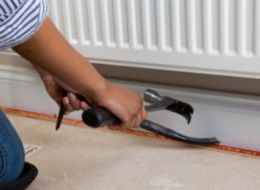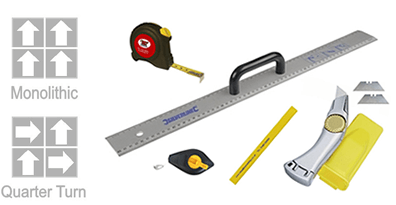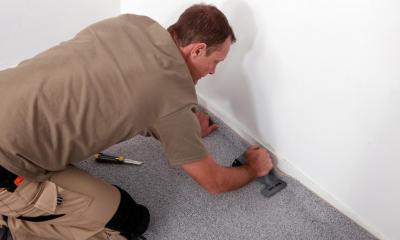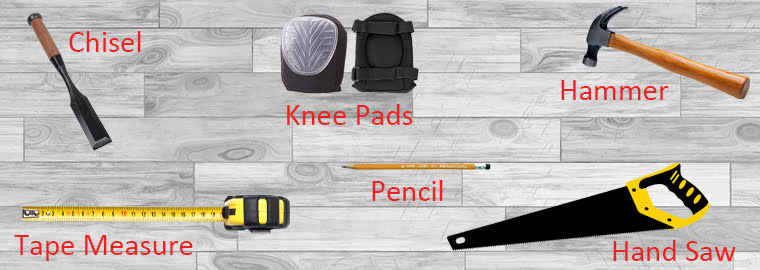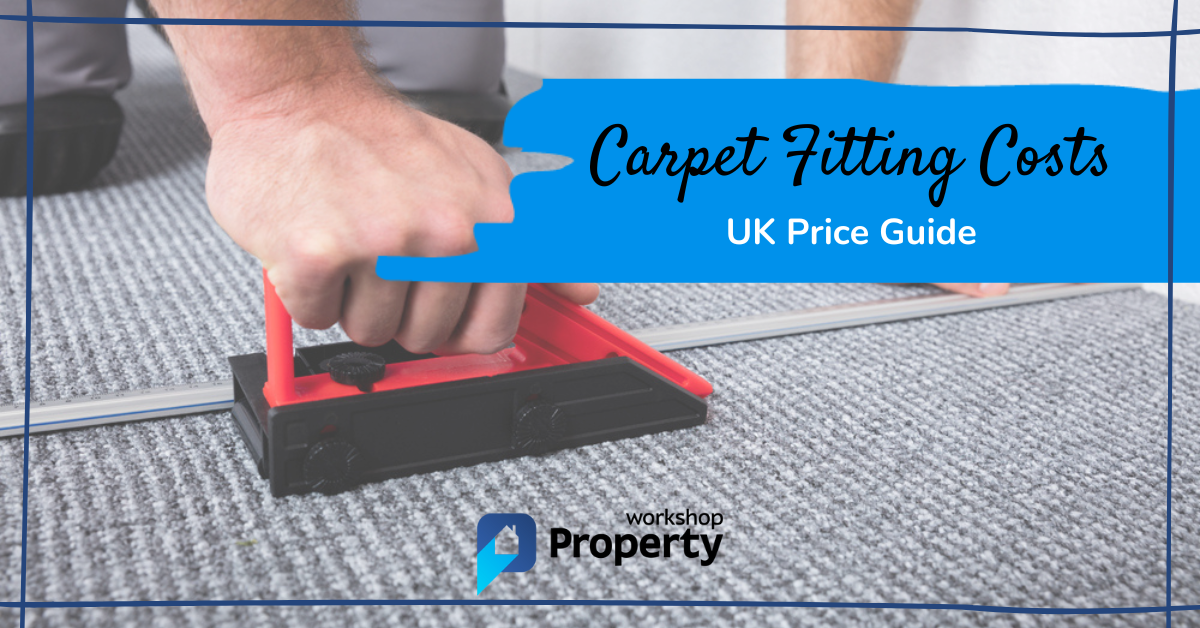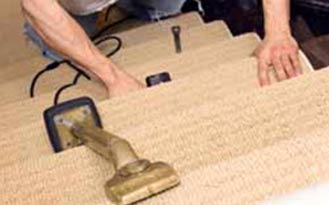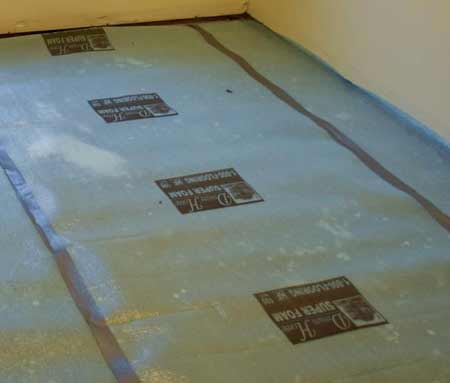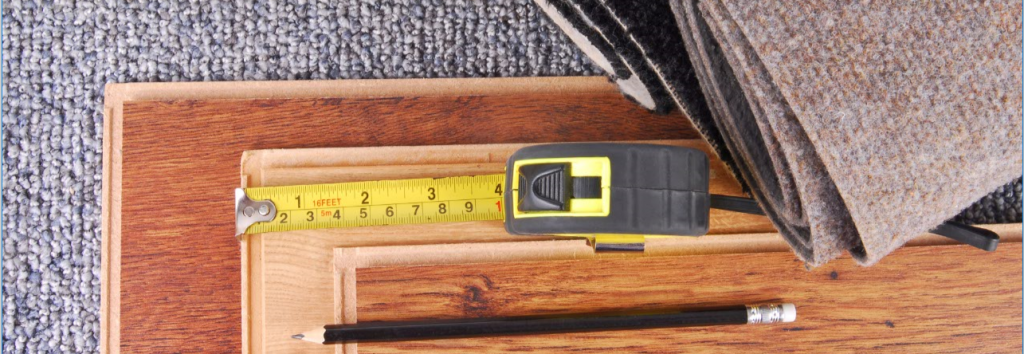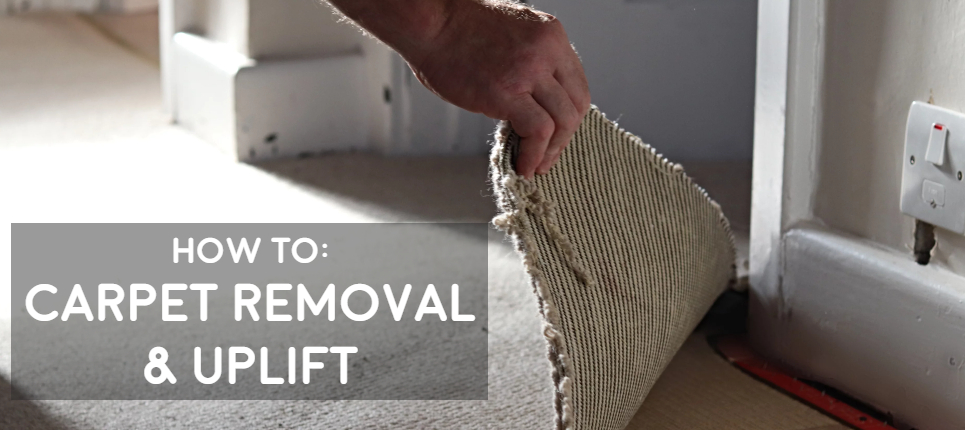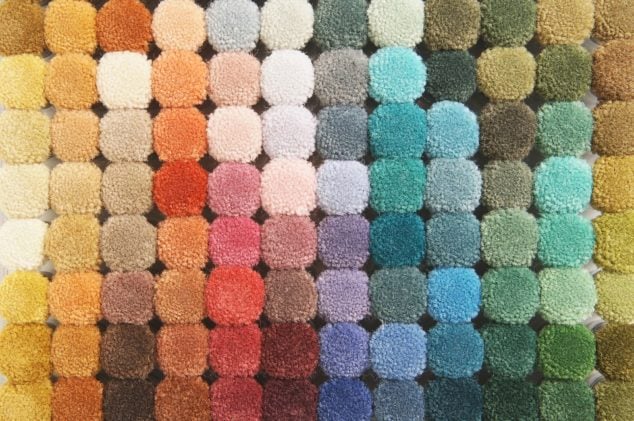Carpet Laying Tips Uk

When unrolling the carpet start at the end of the room closest to the alcove.
Carpet laying tips uk. Keep the padding within the inner perimeter formed by the strips. Here are instructions on laying carpet on your stairs including tools you will need and a few tips and tricks to get the stair carpet fitted without any mishaps. This is a standard rule of carpet installation. Cut off any excess carpet around obstacles such as a chimney breast.
At the point where the carpet extends into the alcove fold it at the depth of the alcove before you beginning to roll it up. Lay out the cut carpet in the room with its edges overlapping slightly up the walls. Take your time here this really is the endgame. Carpeting stairs is a great projects for a diy enthusiast.
Laying carpet is a difficult job to do well. Do not lay the padding over the tackless strips. Padding should touch the edge of the tackless strips but should not overlap them. How to carpet stairs and fit carpet on a staircase.
Use a thin tool or something like a carpet tucker to run the edges of the carpet under the skirting board. Using the carpet stretcher. Then roll toward the folded section. Don t replace the furniture or walk on the carpet until it s completely dry.
Find the right tools and techniques that you will need to lay carpet properly yourself. After you clean your carpets open the windows use fans and a dehumidifier or put the ac on a moderate setting 72 to 78 degrees to remove excess moisture from the air. Push the edges of the carpet up to and just beyond the carpet gripper rods. Make sure the carpet is laid out squarely in the room.
This project provides you information help and advice on how to lay carpet fit carpet with integral underlay and fit a carpet with a separate underlay. Using your carpet knife run the cut just about the carpet line and be precise. Laying carpets on stairs can be a little tricky. Wet carpet is a perfect environment for mold and mildew.
You do however need to secure it to the floor at the perimeter to prevent the carpet from moving and forming lumps or bumps.
